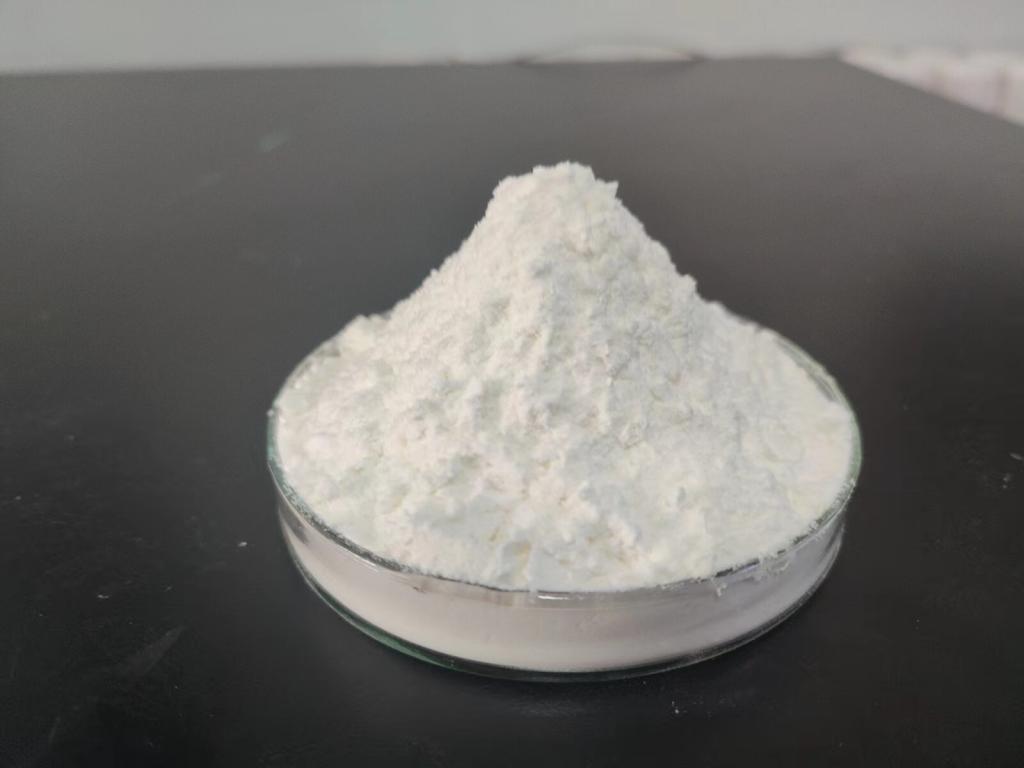Tel:+8618231198596

News
 CONTACT
CONTACT
 CONTACT
CONTACT
- Linkman:Linda Yao
- Tel: +8618231198596
- Email:linda.yao@dcpharma.cn
- Linkman:CHARLES.WANG
- Department:Overseas
- Tel: 0086 0311-85537378 0086 0311-85539701
News
Current Position:
Home >
News
>Exploring ε-Polylysine Hydrochloride's Compatibility with Modern Culinary Trends.
Exploring ε-Polylysine Hydrochloride's Compatibility with Modern Culinary Trends.
TIME:2023-09-08
Section 1: ε-Polylysine Hydrochloride - A Culinary Pioneer
1.1 Understanding ε-Polylysine Hydrochloride
ε-Polylysine hydrochloride, often referred to as ε-Polylysine, is a naturally occurring biopolymer composed of multiple L-lysine units linked together by peptide bonds. It is produced by the bacterium Streptomyces albulus during fermentation. While traditionally recognized for its antimicrobial properties, ε-Polylysine is now making its mark in modern culinary landscapes.
1.2 Key Properties of ε-Polylysine Hydrochloride
ε-Polylysine hydrochloride possesses several properties that make it an attractive ingredient for modern culinary applications:
Antimicrobial Activity: ε-Polylysine exhibits potent antimicrobial activity against a broad spectrum of microorganisms, including bacteria, yeasts, and molds. This property is crucial for food safety and preservation.
Natural Origin: As consumers increasingly favor natural and clean-label ingredients, ε-Polylysine aligns with these preferences.
Low Toxicity: ε-Polylysine has a low toxicity profile and is considered safe for consumption when used within regulatory guidelines.
Section 2: Mechanisms of Action
2.1 Antimicrobial Mechanisms
ε-Polylysine hydrochloride's antimicrobial effects are grounded in several mechanisms:
Cell Membrane Disruption: ε-Polylysine disrupts the cell membranes of microorganisms, leading to the leakage of intracellular components and eventual cell death.
Inhibition of Enzymes: ε-Polylysine can inhibit microbial enzymes, interfering with their ability to function effectively.
DNA and RNA Binding: ε-Polylysine interacts with microbial DNA and RNA, disrupting essential genetic processes.
2.2 Culinary Applications
Incorporating ε-Polylysine hydrochloride into modern culinary practices offers various benefits:
Food Safety: ε-Polylysine can help control microbial growth in foods, reducing the risk of foodborne illnesses, which is especially important in today's heightened food safety awareness.
Extended Shelf Life: Its antimicrobial properties can extend the shelf life of perishable ingredients, reducing waste and supporting sustainability efforts.
Texture Enhancement: ε-Polylysine's gelling and thickening properties can be used to improve the texture of sauces, dressings, and other culinary creations.
Flavor Protection: By inhibiting spoilage microorganisms, ε-Polylysine helps preserve the original flavors of ingredients, contributing to culinary authenticity.
Section 3: Modern Culinary Trends
3.1 Clean Label and Natural Ingredients
Modern consumers prioritize clean-label products with natural ingredients. ε-Polylysine's origin from fermentation and its low toxicity profile position it as an attractive clean-label ingredient.
3.2 Food Safety and Preservation
The importance of food safety and preservation is paramount in today's culinary landscape. ε-Polylysine's antimicrobial properties align perfectly with these concerns, helping chefs and food manufacturers maintain high standards.
3.3 Sustainable Practices
Sustainability is a growing concern in the culinary world. By extending the shelf life of ingredients and reducing food waste, ε-Polylysine contributes to sustainable culinary practices.
3.4 Texture and Flavor Enhancement
Modern chefs are constantly exploring innovative ways to enhance texture and flavor in their dishes. ε-Polylysine's potential for texture modification and flavor preservation opens doors to creative culinary applications.
Section 4: Challenges and Considerations
4.1 Regulatory Approval
The use of ε-Polylysine hydrochloride in culinary applications may require regulatory approval in some regions. Chefs and food manufacturers must ensure compliance with local food safety regulations.
4.2 Culinary Adaptation
Integrating ε-Polylysine into culinary practices may require experimentation and adaptation. Chefs and food innovators must explore its full potential through creative recipes and techniques.
4.3 Consumer Acceptance
Consumer education is essential to introduce ε-Polylysine as a safe and effective culinary ingredient. Transparent communication and clear labeling can help build consumer trust.
Section 5: Future Prospects and Conclusion
The compatibility of ε-Polylysine hydrochloride with modern culinary trends opens up exciting possibilities for chefs, food manufacturers, and consumers alike. As the culinary landscape continues to evolve, ε-Polylysine's role is likely to expand.
Future developments may focus on:
Culinary Creativity: Exploring novel culinary applications that showcase ε-Polylysine's unique properties.
Consumer Education: Developing educational initiatives to inform consumers about the benefits and safety of ε-Polylysine in modern cuisine.
In conclusion, ε-Polylysine hydrochloride's compatibility with modern culinary trends positions it as a versatile and valuable ingredient in contemporary gastronomy. Its natural origin, antimicrobial properties, and potential for enhancing food safety, texture, and flavor make it a promising asset for chefs and food innovators seeking to create safe, flavorful, and sustainable culinary experiences.
- Tel:+8618231198596
- Whatsapp:18231198596
- Chat With Skype







